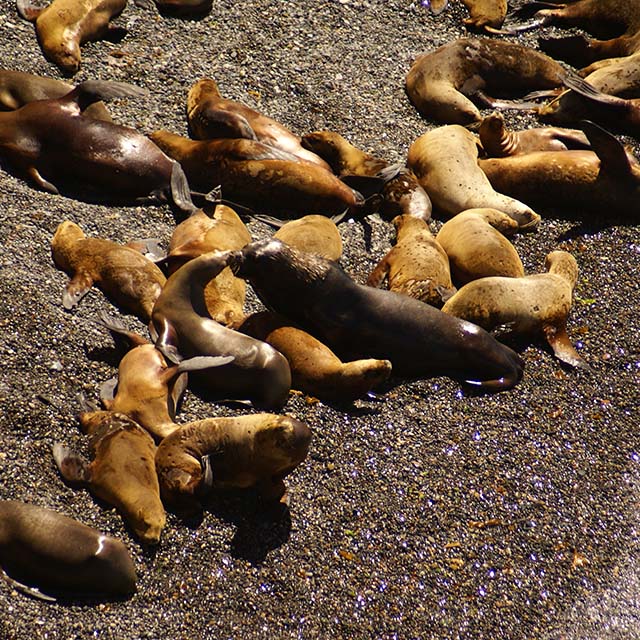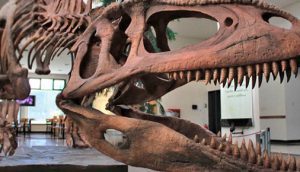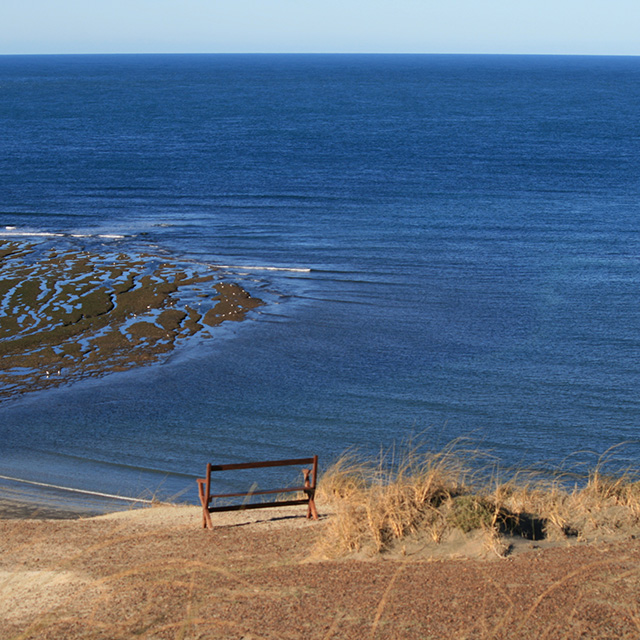Peninsula Valdes
Peninsula Valdes and Atlantic Patagonia
The Patagonian Atlantic coast hosts abundant marine and terrestrial biodiversity and numerous natural reserves have been set up to protect it.
Peninsula Valdés sticks out into the ocean forming two gulfs. A great variety of marine species seek these protected environments to carry out part of their reproductive cycle. Given the great concentration of species in the peninsula, it has been declared a UNESCO World Heritage Site.
Elephant seals, sea lions, Magellan penguins, dolphins, orcas, southern right whales, guanacos (large llamas), choiques (local variety of ostriches), maras, armadillos, foxes, skunks and a wide variety of birds live in the sea, on the land and in the air of the Peninsula.
The fauna spreads out all along the Patagonian Atlantic coastline on its annual migratory cycle. Monte León National Park, Southern Patagonian National Park, Puerto Deseado town, Cabo Vírgenes cape and an endless number of solitary spots and rocky capes hide small paradises for the extravagant flora and fauna of the Atlantic Patagonia.
Puerto Madryn, Trelew, Comodoro Rivadavia and Río Gallegos airports provide access to these destinations.











